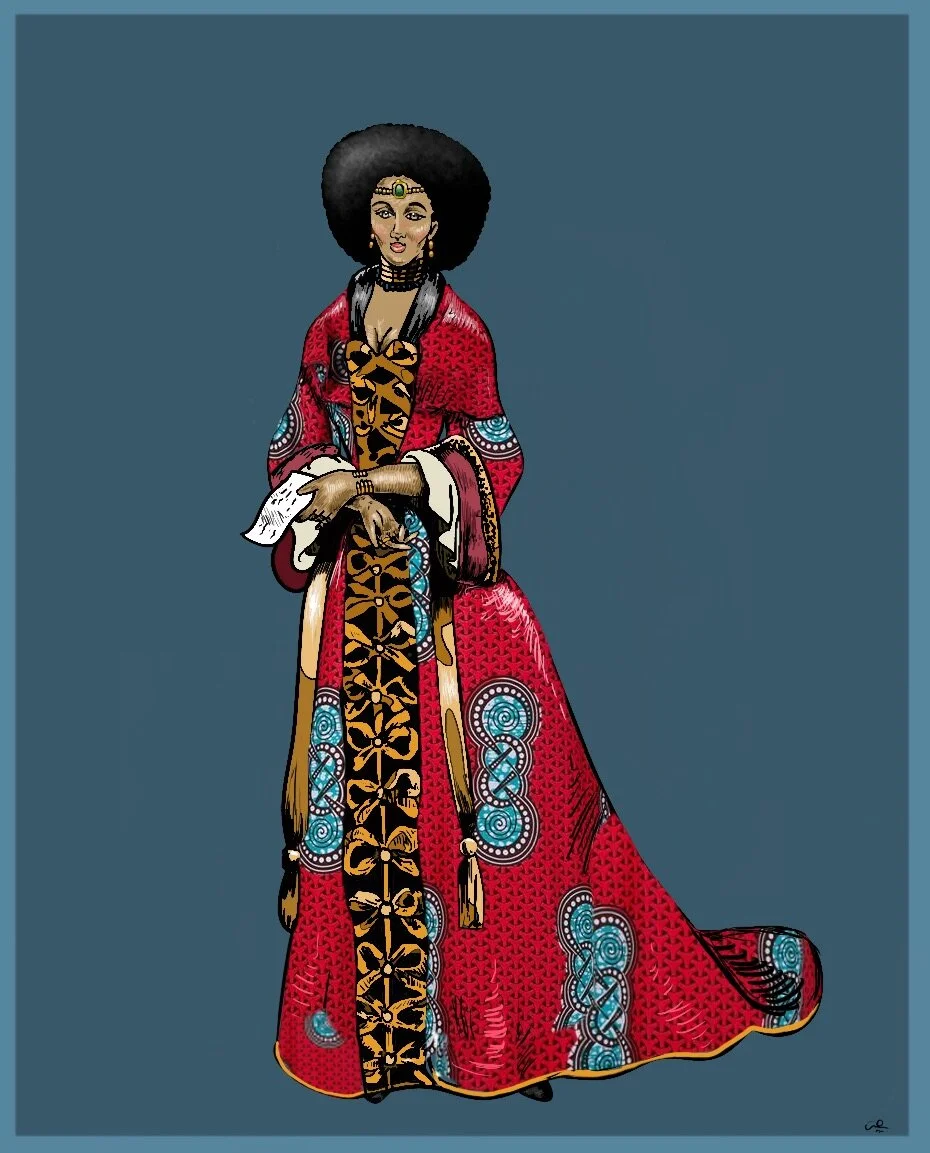Luxury as a Category
Illustration by Ayo Arogunmati
Two key points to remember. Taste follows power and music is cheap – for a reason.
Paris, in contemporary times, is regarded as the fashion capital of the world, but it wasn’t always so. Madrid used to be the fashion capital. The dip, a point of exponential growth for any idea, resulted from the creation of Haute Couture by King Louis XIV and his finance minister, Jean Baptise-Colbert.
While there had been different ways derived, such as the use of dark dye by Spanish elites to communicate class and status, Jean Baptiste-Colbert disrupted the fashion industry by creating what is now known as luxury. Through the use of force to control the clothes the elites wore, to the full range of the available media in service to promote their fashion propaganda, King Louis XIV and Jean-Baptiste Colbert invented the idea of luxury in a very rigid fashion industry.
Haute Couture was born.
Seth Godin, one of the best thinkers on culture, defines luxury as a product or service that derives its value from its lack of utility and value.
In observing our environment, items considered luxury rarely provide any incremental value and utility. This is not to dissuade you from purchasing luxury items, but it does provide a basis for why a product like music, in its ubiquity, cannot be considered luxury.
Music is a commodity that is easily accessible.
Prior to the streaming era of music, vinyl, cassettes and CDs dominated the access to music. It was more special, and you received admiration for having access to the music. A premium was charged not only on the physical copies of access to the music, but through other methods.
Labels understood that the actual music produced and stored on a cassette tape or CDs can exhibit some luxury, but cannot capture the full economic profit enjoyed by better luxury products or services. So, other tactics to create value around the artist were invented.
Michael Jackson and the rumors surrounding his lifestyle was the luxury. No utility or value to your life, but that was exactly what made it luxurious. Consequently, it led to the growth in sales of his music.
We are now in the streaming era, where music has been further cheapened by the lack of barriers to accessibility of music. Social media has removed the opaqueness and scarcity of an artist’s presence.
While some artists use the lack of interviews to create an illusion of exclusivity, their music sales have not followed the growth pattern experienced by artists in the analog period.
Jean Baptiste Colbert, changed fashion seasonally in France.
One of his most effective innovations of the period was to declare that new textiles appear seasonally, twice a year to eliminate predictability of the fashion schedule. This was the start of planned obsolescence in business.
So how does today’s artist, my focus being on the African artist, create luxury music?
If the artist does not distribute their music through streaming platforms then distribution suffers. However, the artist can create their own planned obsolescence.
Sade has released two albums in two decades. Risky as it is to implement a planned obsolescence due to the shorter lifespan of artists, so long as the music connects emotionally to the audience, Sade can thrive in any era.
Music, as a category, cannot meet the luxury criteria. It has utility and value to the consumer. But the artist, independent of the music category, can offer their music as a luxury item simply by offering quality music it through a planned obsolescence.


